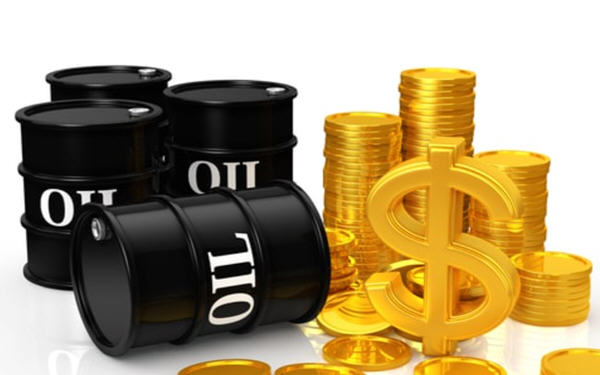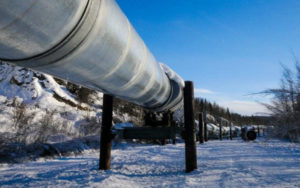Weekly Market Recap (Jan 19) – Oil and Uranium, Different Price Trends, Same Supply-Side Issues

In comparison to the steady rise in uranium prices, oil prices has been more volatile, with continuous changes in the news triggering sensitivity in crude oil prices. Although the price trends are quite different, both of these commodities are currently facing “similar yet different” supply-side issues.
Currently, there are two powder kegs in the world, one being the Russia-Ukraine conflict and the other being the Middle East, both of which happen to be important crude oil suppliers. However, compared to Russia, the situation in the Middle East is more uncertain and opaque. The recent Israeli-Palestinian conflict has caused turbulence in the crude oil market, with concerns about the escalation of the conflict leading to a shortage of crude oil supply. As one wave subsides, another arises, and the Red Sea crisis also erupts sporadically.
Some commodity analysts have pointed out that the market may be underestimating the impact of the Red Sea crisis on the crude oil market. The Red Sea is a narrow, elongated sea between northeast Africa and the Arabian Peninsula and is the busiest and largest international shipping lane on Earth. Recently, Houthi militants launched drone attacks on a US military base, resulting in the deaths of three soldiers and over 40 injuries. The Red Sea incident is likely to persist in the short term, and the re-imposition of US sanctions on Venezuela will continue to pose a risk to the supply.
In comparison to the disrupted supply of crude oil, the supply issue of uranium is more fundamental. Since the Fukushima nuclear accident, uranium prices have been in a long-term slump, with many uranium mines shutting down or reducing production. The time required for production recovery is lengthy, and even longer for new development projects to come online. Therefore, the current uranium market belongs to the sellers.
Kazatomprom, controlled by the sovereign wealth fund of the Kazakhstan government and the world’s largest uranium miner, issued a production warning earlier this month, stating that the company’s output is likely to fall short of the target levels in the next two years.
Furthermore, the Russia-Ukraine war not only affects the crude oil market but also exacerbates the supply and demand tensions in the uranium market. Despite being only the world’s sixth-largest uranium producer, Russia plays a crucial role in the enrichment and conversion fields. After the outbreak of the Russia-Ukraine war, the United States sought to reduce its reliance on Russian uranium supply, and in December last year, the US House of Representatives even passed a bill banning the import of enriched uranium from Russia.
While facing a shortage of supply, there has been a surge in demand for uranium from nuclear power, and this is a long-term trend. The bullish sentiment for uranium in the market is also growing increasingly stronger. Daniel Major, CEO of GoviEx Uranium Inc. (TSXV: GXU, OTCQX: GVXXF) – a diversified in-situ uranium recovery development company – expressed in an interview with “METALS 100 ” in March last year that the fundamentals of the uranium market are very strong, and uranium miners with significant potential for value reassessment could become the biggest beneficiaries.
Clean Energy
Energy Metals
Oil & Gas
Uranium








